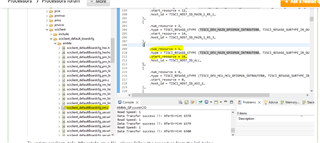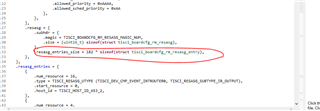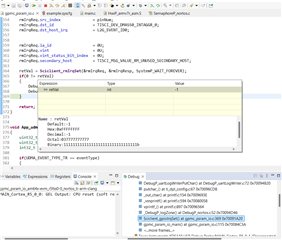Other Parts Discussed in Thread: AM6422, SYSCONFIG
Tool/software:
Hi TI Team,
I’m currently evaluating the AM6422 for a project involving the interface of a 2-channel, 14-bit external ADC. Our goal is to capture ADC data on each rising edge of the clock. The main requirement is to read parallel data from 28 GPIOs and send it to main domain within a 50 ns window, as the ADC outputs data at this rate.
To meet these timing constraints, we are using the PRU for ADC data sampling, as it provides the best timing performance on the AM6422. I have measured the GPIO read/write timing using the PRU and can achieve the 50 ns window for reading samples.
I am considering using DMA, triggered by the clock’s rising edge, to read the PRU IO data and transfer it to the main domain. Is it possible to configure DMA in this way and read data directly from the PRU IO? I’ve reviewed the ADC example (api_guide_am64x/DRIVERS_PRU_ADC.html), but haven’t found any references to using DMA triggered by the GPIO interrupt or clock's edge.
Could you please direct me to any relevant documentation or examples that could assist with this?
Thanks in advance for your support.
Best regards,
Shivangi









